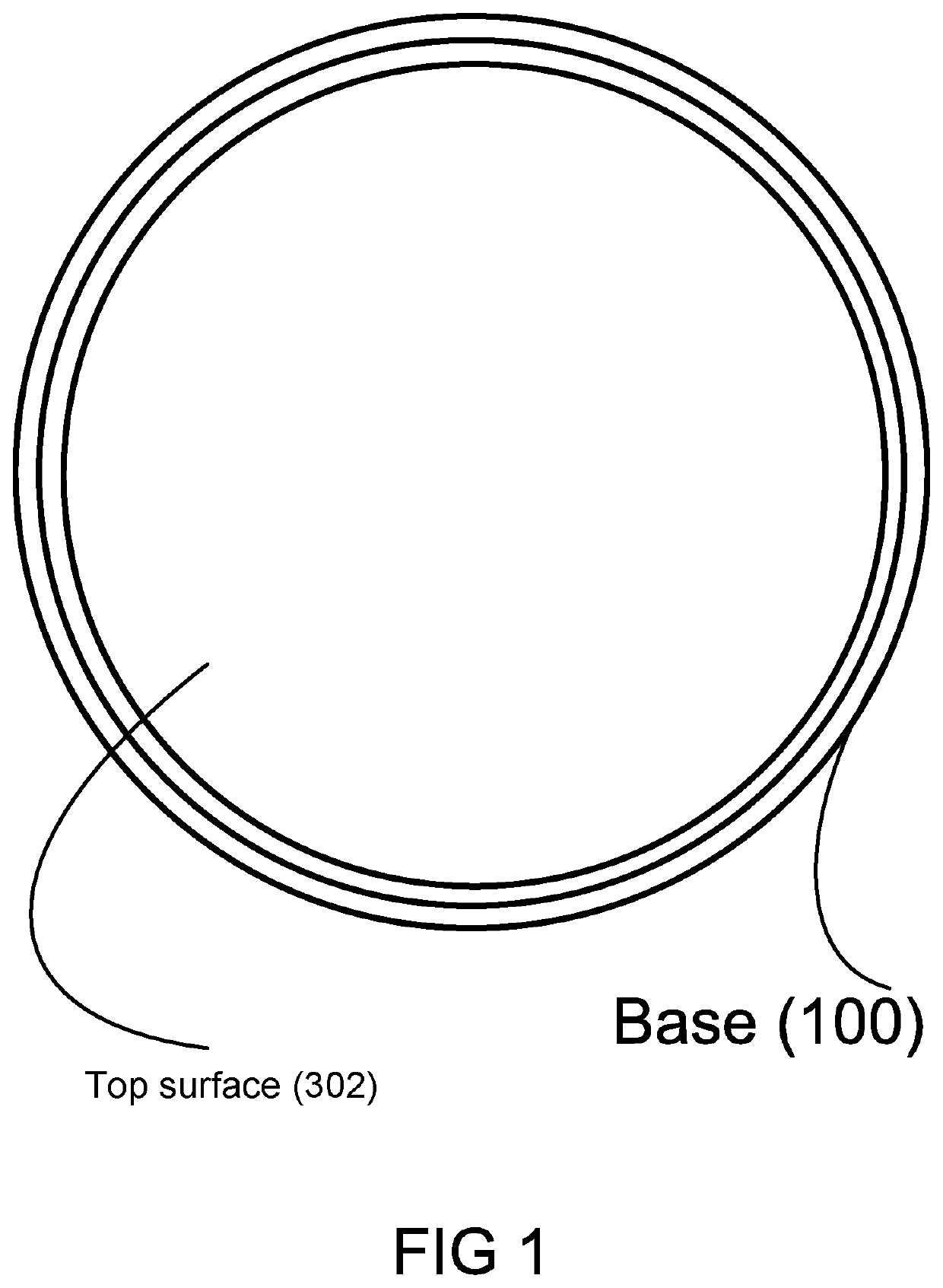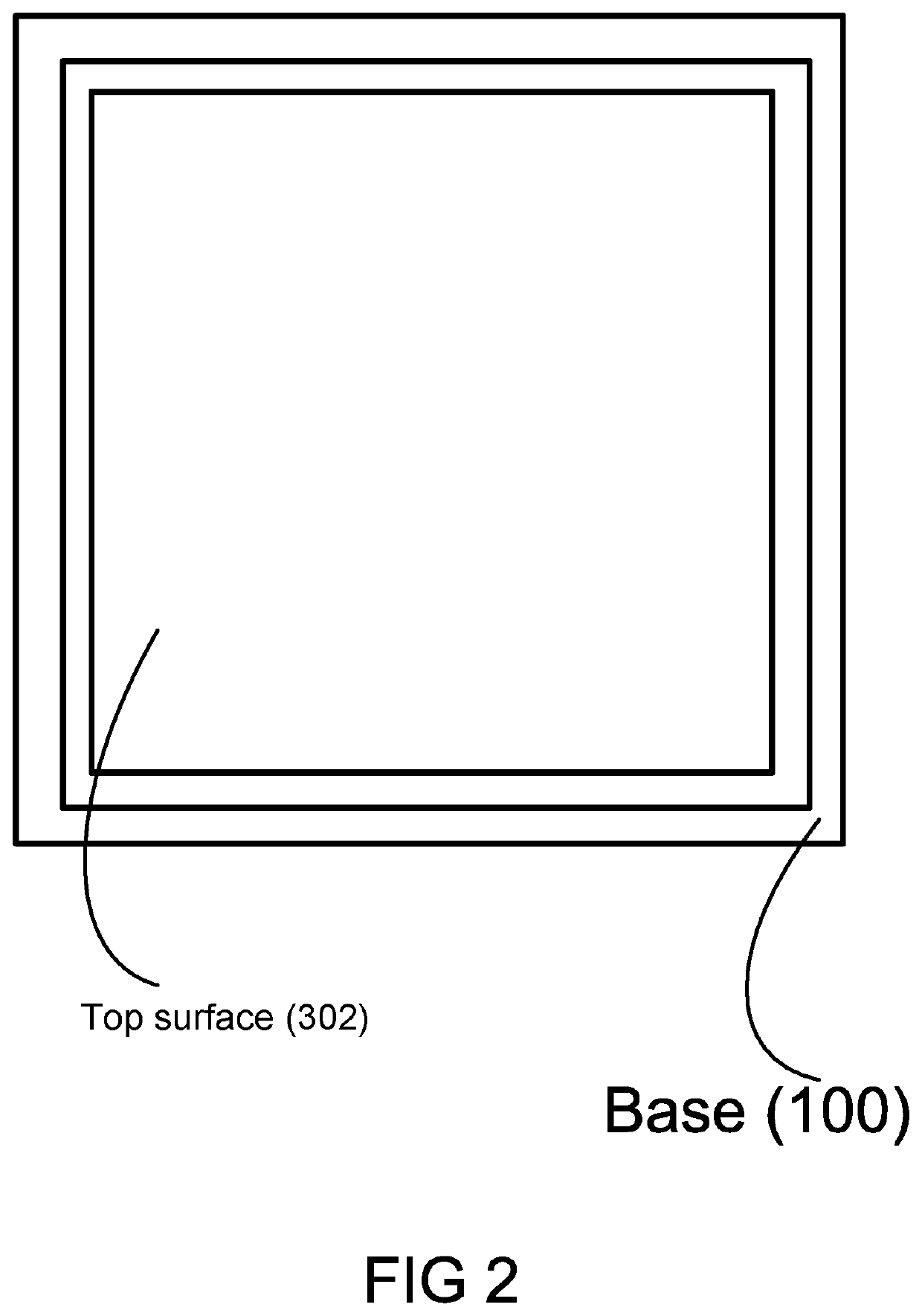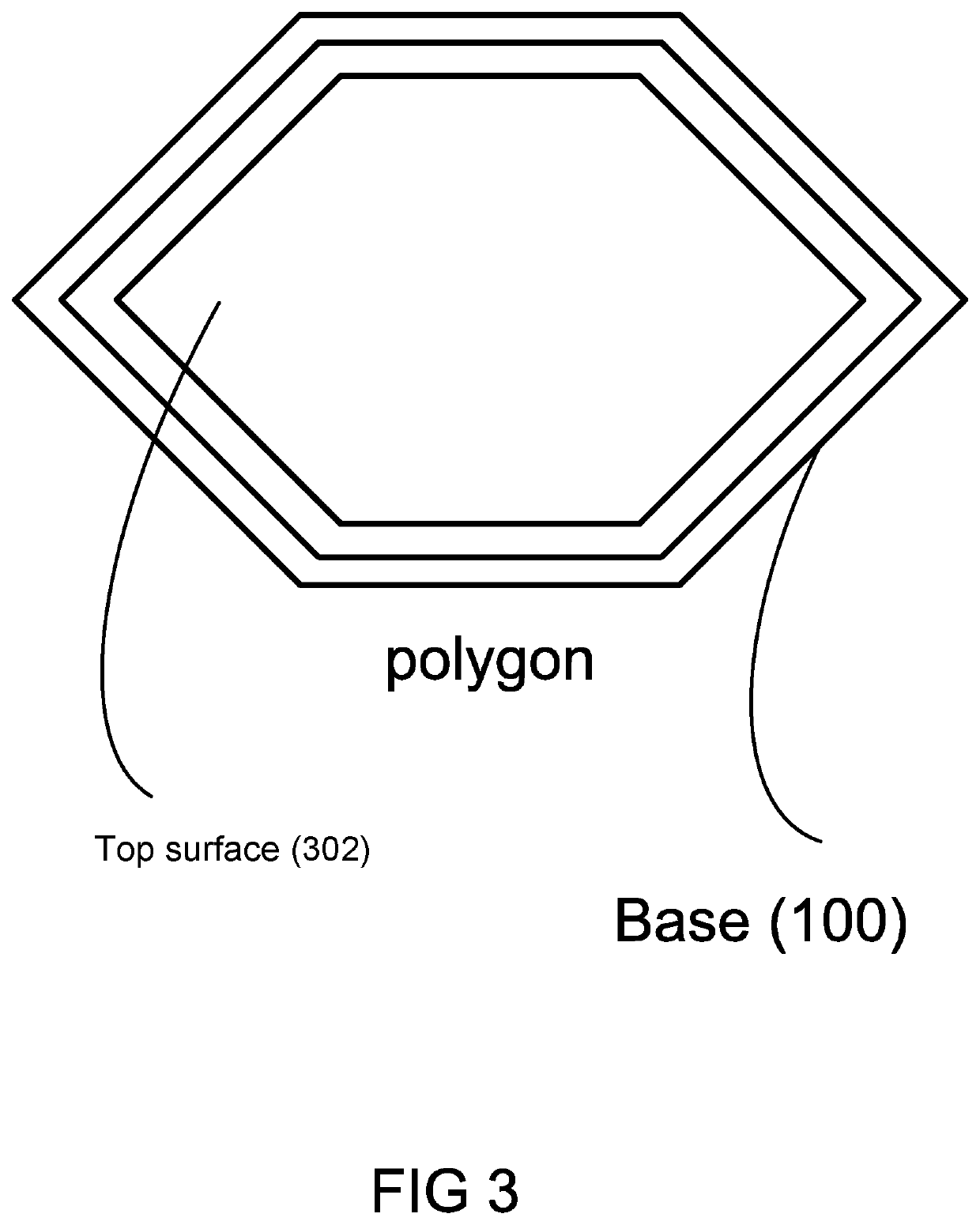Sensorimotor discs for infants and babies
a technology for which is applied in the field of sensory nerves and discs for infants and babies, can solve the problems of billions of dollars in costs to support the special needs of children, and achieve the effects of facilitating movement and the slightest change in position, long-term benefits in the development of children, and enhancing the variety of movements
- Summary
- Abstract
- Description
- Claims
- Application Information
AI Technical Summary
Benefits of technology
Problems solved by technology
Method used
Image
Examples
Embodiment Construction
[0040]The “SensiMo Disc™” (our disc / invention) provides a parent with an alternative and stimulating resting place for an infant, aside from the floor, that gently shifts in response to their movement and weight shifting. This feedback stimulates the sensorimotor area of the brain which begins to develop immediately after birth. This product is helpful for sensorimotor feedback for newborns, but especially useful for infants who do not have the frequency or the range of movement as those of typically developing babies. Premature babies or children who have special needs or conditions that limit their mobility would benefit the most from the constant rhythmic external feedback from their slightest movements, to support muscle and brain development. That saves billions of dollars for the health cost, and it also supports the general health of infants and society as a whole, which is invaluable. This device can also be utilized in the home or institutions that care for babies, includin...
PUM
 Login to View More
Login to View More Abstract
Description
Claims
Application Information
 Login to View More
Login to View More - R&D
- Intellectual Property
- Life Sciences
- Materials
- Tech Scout
- Unparalleled Data Quality
- Higher Quality Content
- 60% Fewer Hallucinations
Browse by: Latest US Patents, China's latest patents, Technical Efficacy Thesaurus, Application Domain, Technology Topic, Popular Technical Reports.
© 2025 PatSnap. All rights reserved.Legal|Privacy policy|Modern Slavery Act Transparency Statement|Sitemap|About US| Contact US: help@patsnap.com



